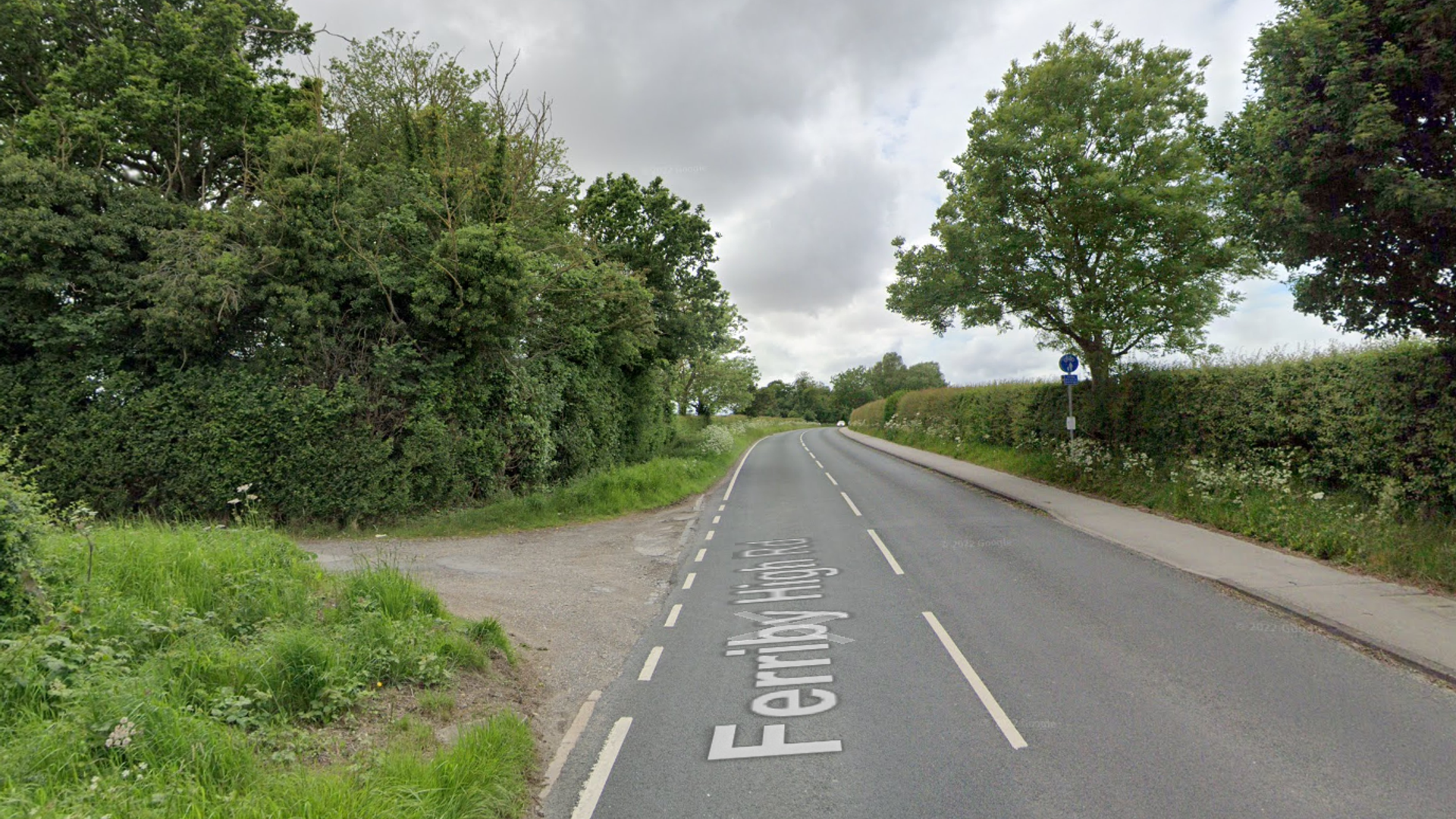
Penny Shar and Stellos Tavantzis don’t grow much food in their Bangor yard because of lead in the soil. But they were able to plant a garden providing food for native pollinators from bees to birds to ants thanks to the help of a multigenerational group.
The low-maintenance project makes the most out of a small urban yard and, they hope, will have a positive impact on the natural world.
After Tavantzis had a stroke last year, Shar wanted an easier option for her yard on Elizabeth Avenue, off Hammond Street. Two people who once mowed the lawn, Jerome Herrick and Alexis Haskell, are now lending a hand tearing it out to replace it with a pollinator garden. Herrick, a retired custodian, and Tavantzis, a retired professor of plant pathology, are close friends from working together at the University of Maine.

Laura Nobel, a Brewer resident who is learning sustainable landscaping design, planned the design of the garden.
Nobel was interested in the project partly because of the role pollinators play in the food system, she said. Their populations are declining, and she sees the garden as a way to help them survive to do their jobs and help people survive.
“There’s no person on Earth that can be a bee,” she said.

Nobel focused on providing food for insects and birds. Honeybees may be the best-known pollinators, but dozens of native insects and even birds pollinate plants more efficiently than honeybees do.
People forget that even small urban gardens can be “havens of diversity,” she said. Some native bee species have such small ranges that they can spend their lives in a backyard.
Different plants suit different pollinators. Long, thin flowers are attracting hummingbirds, while alliums attract bees and butterflies will land on swamp milkweed and lupine.

“We’ve seen them all since we started,” Nobel said on Wednesday, watching an ant carry a flower petal through one of the beds.
When designing, she considered the soil, light and drainage conditions in each section of the yard, when each plant flowers and the visual impact.
As she and Haskell dug, they found bricks, roofing material, glass, pieces of china and asphalt. Shar’s neighborhood was a landfill over a century ago, another reason she wouldn’t grow much food herself there.
In two weeks, Nobel and Haskell had cut most of the grass out of the back yard. If they leave some of the dying plants in the yard this fall rather than clearing them out, the insects can spend the winter living in them.

The two shook the dirt off the roots, put down a layer of discarded cardboard from neighbors, added some shredded newspaper (22 years of the Bangor Daily News, to be specific) and leaf waste, then tossed the grass in Shar’s compost pile. Nobel uses the “lasagna” method of composting, adding these layers of material into the ground.
Wood chips came from the Orono dump in Herrick’s truck. Tavantzis supervises fertilizing and watering while Einstein the cairn terrier keeps an eye out for critters.
The group said they felt grateful for each other and for the experience of planning, creating and enjoying the garden together.











